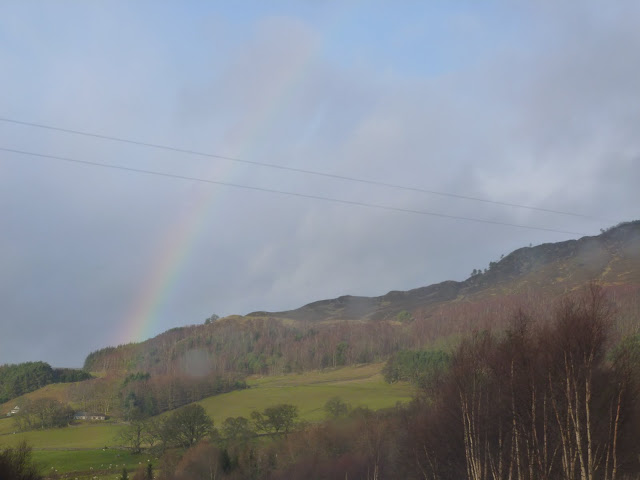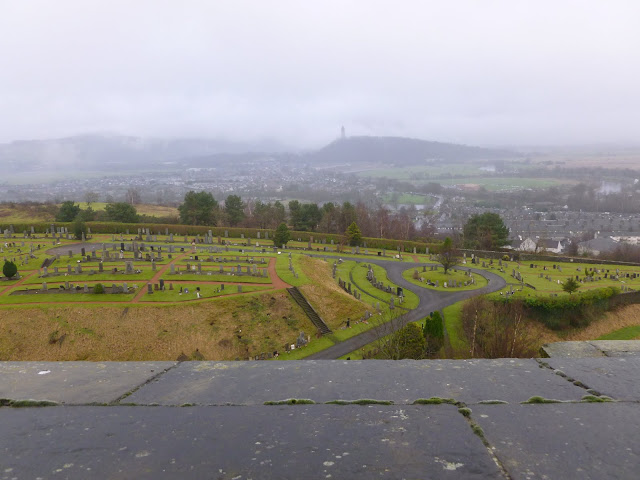Linlithgow Palace Atrium
One of the things I've really enjoyed while being in the UK is seeing so many castles. Since we'd seen so many already, why not go see another? When discussing places to visit in Scotland, Scottish coworkers and friends here kept mentioning Stirling Castle as a place to visit so we went to check it out.
Rather than bore you with castle details, here's the wikipedia page.
The castle is built on a hill aptly named Castle Hill and has been officially recognized as a castle since the early 12th century. Again, like all other castles and palaces, it has been heavily added on and modified over the years. My impression of the castle compared to others I have seen is that it wasn't really all that impressive compared to say Windsor or Neuschwanstein. What is really interesting about Stirling Castle is a small part of its military history. While in Scotland we did discover that the movie Braveheart is complete crap, with almost all of the movie being false. That being said, one of only a few realities in the movie is that William Wallace was a real person and did defeat a rather sizeable force of British soldiers at Stirling. If you look at a few of the pictures below you'll see the Wallace Monument on the distant hill. This is where William Wallace and a small force of Scottish volunteers launched a surprise attack on a British force of over 5000 troops crossing the river Forth below. Pretty impressive.
Of the other things we saw in the castle, there were several oaken carvings that were conscripted by James V as a symbol of his power and right to rule as King. These carvings are known as the Stirling Heads and are some of the finest examples of Renaissance Scottish wood carving in existence. There were originally over 50 of these figures and they hung from a single ceiling in one of the palace rooms. The weight of the heads was too much and the ceiling later collapsed. 38 still exist and were displayed in the castle. I've included pictures of a few.
| 

















Nice work Tanner. Before you have a Scottish uprising on your hand, you might want to edit your "whiskey". Whiskey is in Ireland; whisky is Scottish (Scotch). Big deal evidently.
ReplyDeleteCan't wait to read the rest.
Any samples at the distillery? Did you try it? Just curious since you aren't a fan of whisky. Jay.
ReplyDeleteWe actually did sample a few different whiskys. The tour guide showed us how the barrel and age affects the color, that was interesting. As for the samples, they were ok, the only thing I did appreciate was how Tullibardine's whisky was sweeter than others I had tried. My oldest brother is a fan of whisky though, so we bought him a bottle.
ReplyDeleteYou guys have a blog too?!? How am I just finding this. I have some catching up to do.
ReplyDeleteHow dare you say Braveheart is not accurate!
ReplyDelete